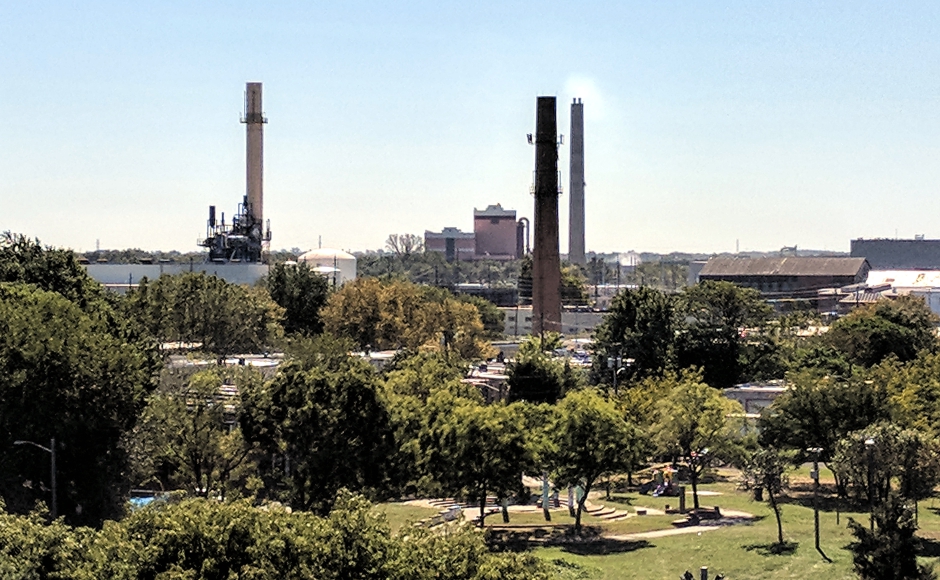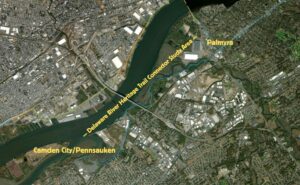 The Covanta Camden trash-to-steam incinerator will produce reduced-rate electricity for the CCMUA. It overlooks recaptured greenspace in the Waterfront South neighborhood Credit: Matt Skoufalos.
The Covanta Camden trash-to-steam incinerator will produce reduced-rate electricity for the CCMUA. It overlooks recaptured greenspace in the Waterfront South neighborhood Credit: Matt Skoufalos. The Covanta Camden trash-to-steam incinerator will produce reduced-rate electricity for the CCMUA. It overlooks recaptured greenspace in the Waterfront South neighborhood Credit: Matt Skoufalos.
The Covanta Camden trash-to-steam incinerator will produce reduced-rate electricity for the CCMUA. It overlooks recaptured greenspace in the Waterfront South neighborhood Credit: Matt Skoufalos.

